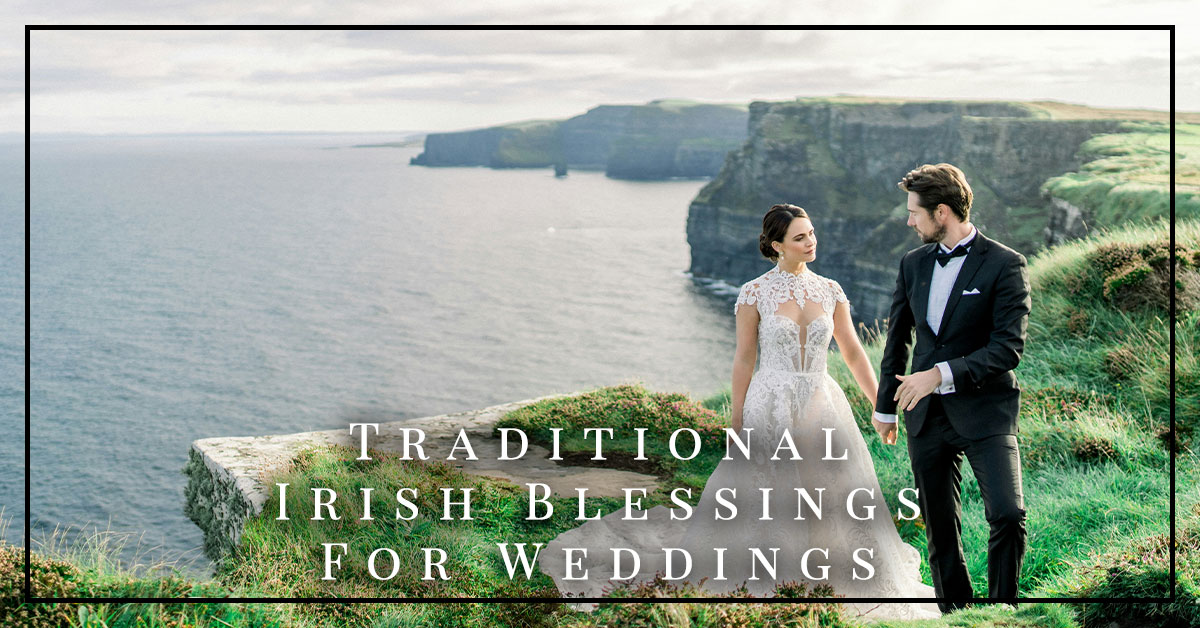A unity ceremony is one of the most heartfelt and symbolic moments in a wedding. It represents the coming together of two individuals, their families, and their lives into one. But what exactly is a unity ceremony, and how can you include one in your wedding? Let’s dive in.
What is a Unity Ceremony?
A unity ceremony is a symbolic ritual performed during a wedding to represent the joining of two lives into one. It often involves a physical action, like lighting a candle, pouring sand, or tying a knot, to visually represent the couple’s union.
In short: It’s a symbolic gesture of love, commitment, and togetherness.
Why Include a Unity Ceremony?
A unity ceremony adds:
- Symbolism: A meaningful representation of your union.
- Personalization: Reflects your unique relationship.
- Memorable Moment: Creates a lasting memory for you and your guests.
- Family Involvement: Sometimes includes parents, children, or close family members.
Common Types of Unity Ceremonies
There are many creative ways to include a unity ceremony in your wedding. Here are some popular options:
1. Unity Candle Ceremony
- Each partner lights a candle, then together, they light a larger unity candle.
- Symbolizes: Two becoming one.
2. Sand Ceremony
- The couple pours different colored sand into one vessel.
- Symbolizes: Two lives blending together inseparably.
3. Handfasting Ceremony
- The couple’s hands are bound with a ribbon or cord.
- Symbolizes: The binding of two lives.
4. Wine Blending Ceremony
- The couple pours two wines into one glass and drinks from it.
- Symbolizes: The blending of two families.
5. Tree Planting Ceremony
- The couple plants a tree together.
- Symbolizes: Growth, strength, and deep roots.
6. Ring Warming Ceremony
- Wedding rings are passed around to guests who “warm” them with love and good wishes.
- Symbolizes: Blessings from loved ones.
How to Choose a Unity Ceremony
- Reflect on Your Values: Choose a ceremony that feels meaningful to you.
- Consider Your Venue: Some rituals (e.g., lighting candles) might not suit outdoor venues.
- Make It Personal: Add unique touches to represent your story.
- Discuss with Your Officiant: Ensure it fits smoothly into the ceremony.
When Does a Unity Ceremony Take Place?
Unity ceremonies typically occur after the exchange of vows and rings but before the final pronouncement. However, you can customize the timing based on your ceremony flow.
Who Participates in a Unity Ceremony?
- The Couple: Always the central participants.
- Officiant: Guides and explains the ritual.
- Family or Friends: Sometimes parents, children, or close friends are included.
Tips for a Smooth Unity Ceremony
- Practice in Advance: Ensure everyone knows their role.
- Keep It Simple: Don’t let it overshadow other key moments.
- Have a Backup Plan: Wind, rain, or other factors might affect outdoor rituals.
- Explain the Ritual: Have your officiant briefly explain the meaning for your guests.
Alternatives to Traditional Unity Ceremonies
- Paint Pouring Ceremony: The couple pours paint onto a canvas.
- Time Capsule Ceremony: Lock away letters or keepsakes to open on a future anniversary.
- Puzzle Ceremony: Each partner places a piece in a symbolic puzzle.
Final Thoughts
A unity ceremony is a beautiful way to add depth and symbolism to your wedding day. Whether you choose a traditional unity candle or a creative new ritual, the most important thing is that it reflects your love and commitment.
So light the candle, pour the sand, or tie the knot—whatever feels most meaningful to you—and enjoy this special moment of connection!


